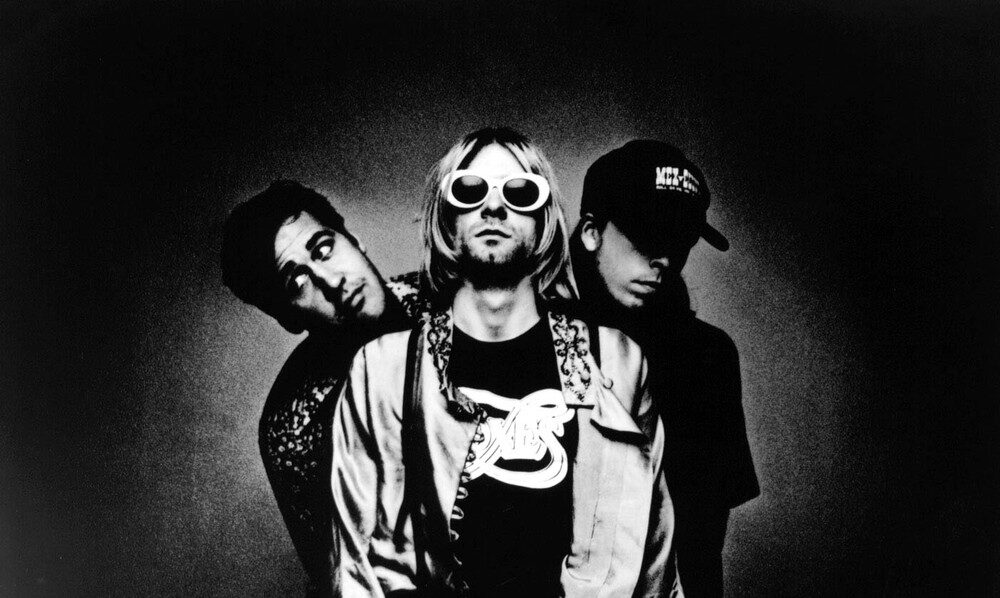Released in 1991, Nirvana’s “Smells Like Teen Spirit” became an anthem for Generation X and a defining moment in rock history. The song not only catapulted the band into global superstardom but also marked the rise of the grunge movement, forever altering the musical landscape. Here’s a look at the key facts behind this iconic track.
Origins of the Title
The title “Smells Like Teen Spirit” has an unusual backstory. It originated from a graffiti message scrawled on Kurt Cobain’s wall by Kathleen Hanna, lead singer of Bikini Kill. Hanna wrote “Kurt smells like Teen Spirit” as a joke, referring to a deodorant brand used by Cobain’s then-girlfriend, Tobi Vail. Cobain, unaware of the deodorant brand, interpreted the phrase as something revolutionary and anti-establishment, which fit perfectly with his mindset at the time.
Musical Influences and Writing Process
Cobain admitted that “Smells Like Teen Spirit” was heavily influenced by the Pixies, a band he admired for their dynamic shifts between quiet verses and loud choruses. He wanted to write what he called “the ultimate pop song,” blending catchy melodies with raw punk energy. The song was one of the last tracks written for Nevermind, and its infectious riff and explosive chorus became emblematic of Nirvana’s sound.
Interestingly, Cobain later acknowledged that the main riff bore similarities to Boston’s “More Than a Feeling,” though he dismissed it as a clichéd rock riff.
Lyrics: Confusion and Contradiction
The lyrics of “Smells Like Teen Spirit” are famously cryptic and open to interpretation. Cobain often downplayed their significance, stating that he cared more about how words sounded than what they meant. He frequently pulled phrases from his journals, creating a collage of seemingly random lines. For example, the chorus includes the bizarre couplet: “A mulatto, an albino / A mosquito, my libido,” which Cobain himself described as meaningless wordplay.
Despite this ambiguity, many listeners saw the song as a call to arms for disaffected youth. Lines like “Here we are now, entertain us” reflected Cobain’s frustration with societal expectations and the aimlessness felt by many in his generation. The song’s mix of apathy and anger resonated deeply with young people at the time.
The Music Video: A Cultural Moment
The music video for “Smells Like Teen Spirit,” directed by Samuel Bayer, played a crucial role in its success. Set in a high school gymnasium during a chaotic pep rally, it captured the rebellious spirit of youth culture. The video ends with students rioting and destroying everything around them—a fitting visual metaphor for the song’s themes of frustration and disillusionment.
The video became iconic almost overnight and was instrumental in propelling Nirvana into mainstream consciousness. It won multiple MTV Video Music Awards and remains one of the most recognizable music videos ever made.
Impact on Rock Music
“Smells Like Teen Spirit” is often credited with bringing grunge music into the mainstream and signaling the end of 1980s glam metal dominance. Before Nirvana’s breakthrough, rock music was dominated by polished hair bands like Guns N’ Roses and Poison. Nirvana’s raw sound, combined with Cobain’s introspective lyrics, offered something radically different.
The song’s success was unprecedented; it reached number six on the Billboard Hot 100 chart and topped charts worldwide. More importantly, it became an anthem for Generation X—a generation marked by cynicism and disillusionment with traditional societal structures.
Cobain’s Complicated Relationship with Fame
Despite its success, Kurt Cobain grew increasingly uncomfortable with the attention “Smells Like Teen Spirit” brought him. He resented being labeled as the spokesperson for his generation and often refused to play the song live or deliberately performed it poorly. Cobain’s discomfort with fame would later contribute to his struggles with mental health and addiction.
Legacy
Decades after its release, “Smells Like Teen Spirit” remains one of rock’s most celebrated songs. It consistently ranks high on lists of the greatest songs of all time and continues to influence new generations of musicians. Its raw energy, combined with its enigmatic lyrics and cultural impact, make it a timeless anthem that encapsulates both rebellion and apathy.
In short, “Smells Like Teen Spirit” wasn’t just a song—it was a cultural phenomenon that defined an era. Its legacy endures as both a symbol of youthful angst and a reminder of Nirvana’s lasting influence on rock music.



